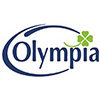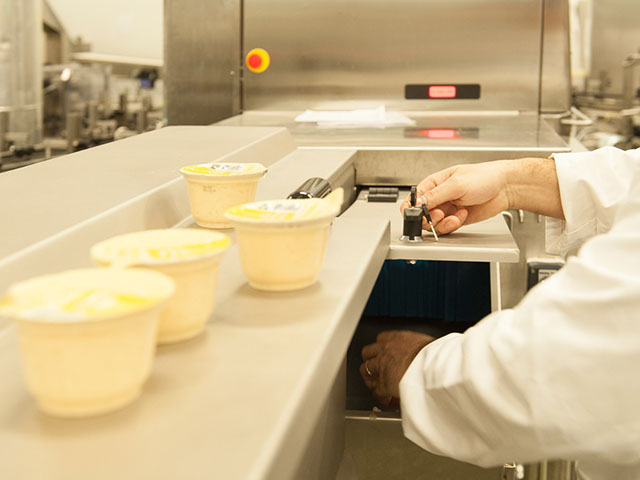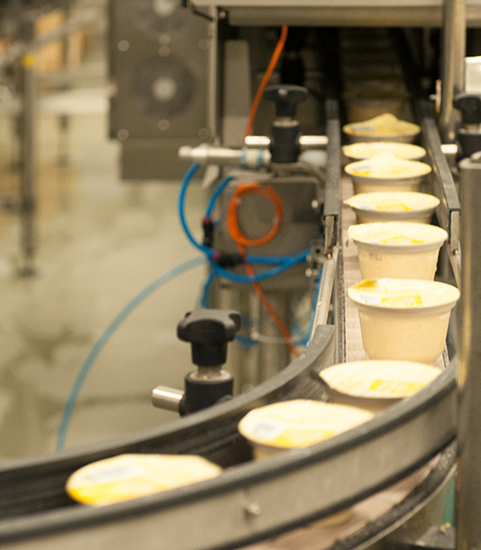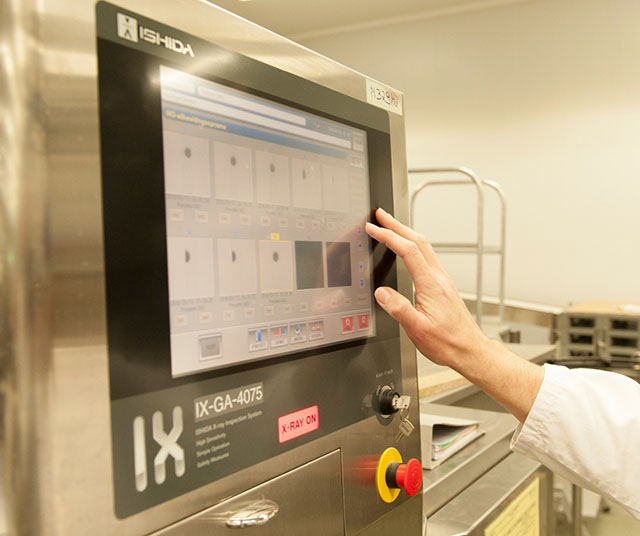
Case Study: Olympia
Two Ishida IX-GA 4075 X-ray systems are providing an enhanced quality control role at leading Belgium dairy Olympia. The machines are monitoring Olympia’s marketleading range of dairy desserts, including rice pudding, and vanilla and chocolate puddings and creams, for contaminants such as metal, glass, ceramics and other non-metal foreign bodies, to ensure product quality is of the highest standards.
The Ishida X-ray system has unique Genetic Algorithm (GA) technology, which enables operators to ‘train’ the machine to spot problems.
One IX-GA is dedicated to 100g and 200g pots, operating at up to 10,000 pots per hour, while the second system handles larger pack sizes up to 800g at around 4,000 pots per hour.
Contaminants such as metal, glass, ceramics and other non-metal foreign bodies can be detected.
The ability to detect foreign bodies in the Olympia dessert range is important because of the company’s high standards, including absolute certainty.
Metal detection is not an adequate solution, because of the aluminium foil lids on the pots.



“With many other X-ray machines something like the lift-off tab on the dessert lid being raised up could trigger a false reject,” he explains. “This is a very annoying problem that causes extra stress for the operators and distracts them.”
The Ishida X-ray system avoids this problem thanks to its unique Genetic Algorithm (GA) technology, which enables operators to ‘train’ the machine to spot problems specific to each particular application by using image data analysis over a number of inspections. As it is common in food production for similar contamination problems to recur, data logging can help to build up a more precise calibration protocol with each inspection. This enables defects to be more easily identified and their location in the pack pinpointed, even at high throughput rates.
“Filling the various desserts into the pots involves some quite complex machinery with many different moving parts,” explains Wim. “If any small parts were to drop off the machine, we need to be confident that these can always and quickly be identified.”
Metal detection is not an adequate solution, because of the aluminium foil lids on the pots. However, says Wim, in the past X-ray technology was deemed too expensive and the only tool was a thorough inspection of the machine each day. While Olympia still inspects the machines, this is now complementary to the technology and enables the company to inspect the condition of the machine at the same time. “Today, X-ray prices are much more reasonable and this makes the investment worthwhile,” explains Wim. “And we can also benefit from the additional product quality monitoring.”
*Please note the above video is used for demonstration purposes and not the actual product within this case study.
There are further advantages of the Ishida system, he continues. “Because every pack is monitored and an image produced, we can very easily pinpoint the area of contamination in each individual pack. And the individual images are also an important part of our comprehensive traceability procedures. It is essential that operators trust these machines and are able to work with them day-in, day out,” concludes Wim. “The decision to purchase is made at one point but the machines will be around for many years afterwards so it is important to get it right. And that is what we have done with the Ishida IX-GA X-ray systems.”